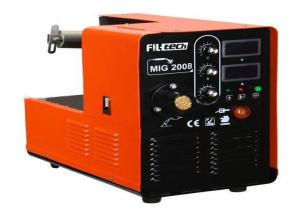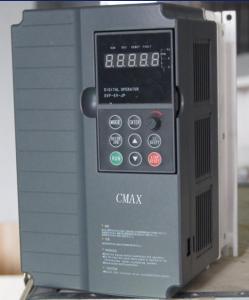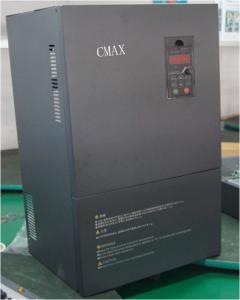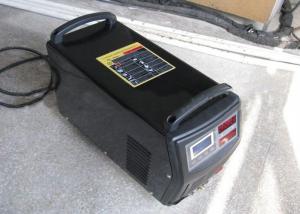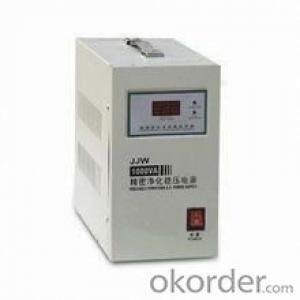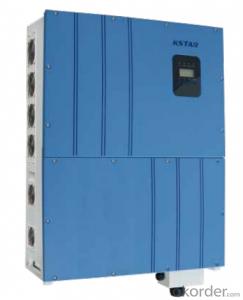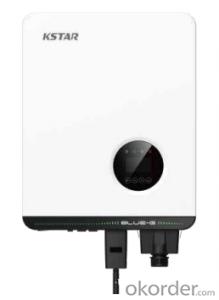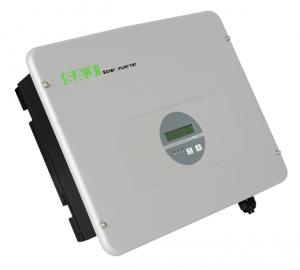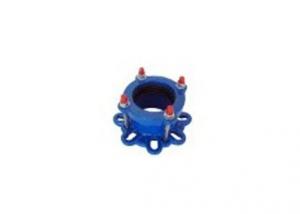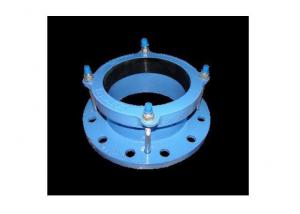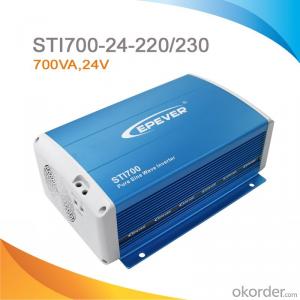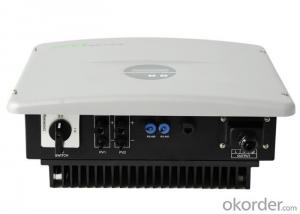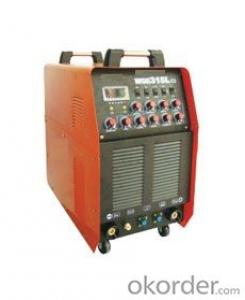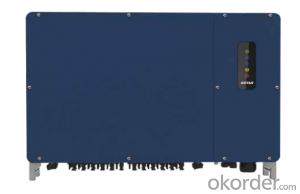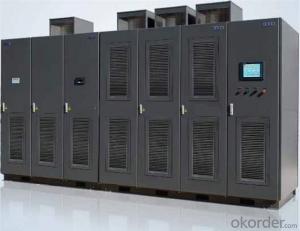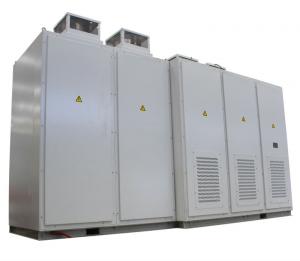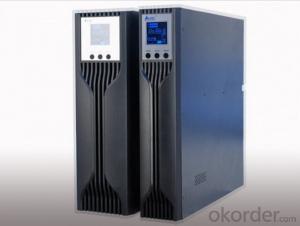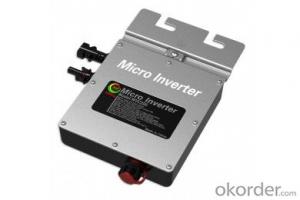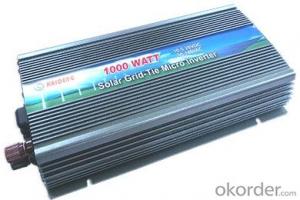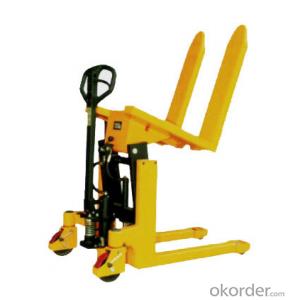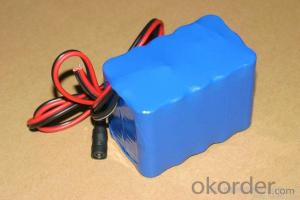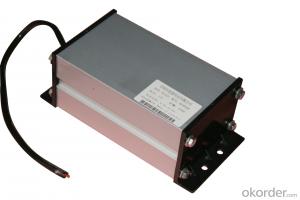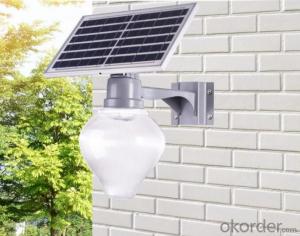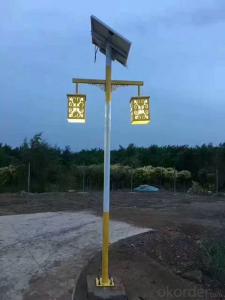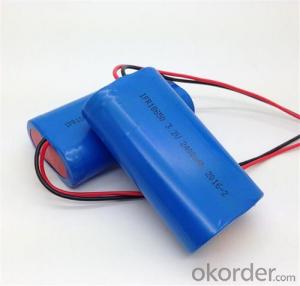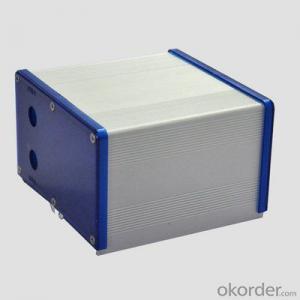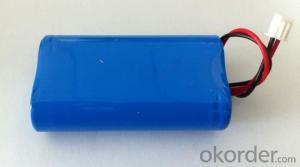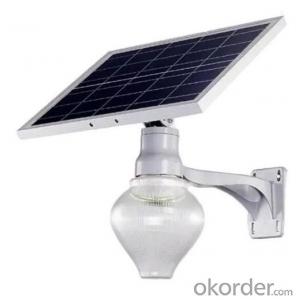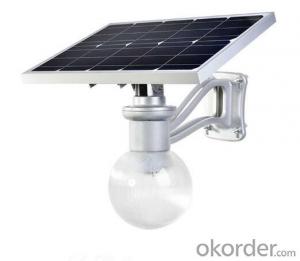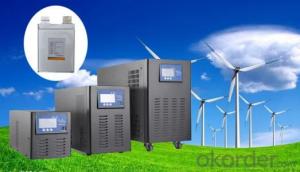Klne Inverter
Klne Inverter Related Searches
Srne Solar Inverter K Solar Inverter Kw Solar Inverter Hans Solar Inverter Solar Module Inverter Inverter Solar Solar Light Inverter Midnite Solar Inverter Germany Solar Inverter Solar Inverter Kit Trina Solar Inverter Kstar Solar Inverter Solar Grid Inverter Solar System Inverter Invt Solar Inverter Proton Solar Inverter Small Solar Inverter Lento Solar Inverter Renovo Solar Inverter Solar Inverter Inverter Quantum Solar Inverter Lg Solar Inverter Solar Pro Inverter Blt Solar Power Inverter Sunshine Solar Inverter Austrian Solar Inverter Solar Ark Inverter Intelligent Solar Inverter Flin Energy Solar Inverter Inverter Solar CellKlne Inverter Supplier & Manufacturer from China
Klne Inverter is a range of high-quality inverters designed for various applications, ensuring efficient power conversion and reliable performance. These inverters are widely used in numerous industries, such as renewable energy, telecommunications, and industrial automation, where they play a crucial role in maintaining a stable power supply. The versatility of Klne Inverter makes it an ideal choice for a variety of usage scenarios, from small-scale residential systems to large-scale commercial and industrial setups. The product's robust design and advanced technology ensure that it can withstand harsh environmental conditions and provide consistent performance over time.Okorder.com is a leading wholesale supplier of Klne Inverter products, offering a comprehensive inventory to meet the diverse needs of customers worldwide. With a vast selection of models and specifications, Okorder.com ensures that customers can find the perfect Klne Inverter to suit their specific requirements. The company's commitment to quality and customer satisfaction is evident in the extensive stock of Klne Inverter products, which are available at competitive prices and are backed by exceptional customer service. By partnering with Okorder.com, customers can benefit from a reliable source of Klne Inverter products, ensuring that their power conversion needs are met with efficiency and reliability.
Hot Products


